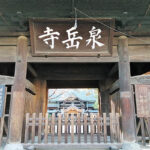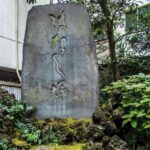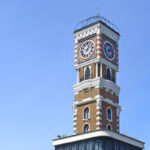A popular local food in Nagano Japan is a scrumptious meal in a bun
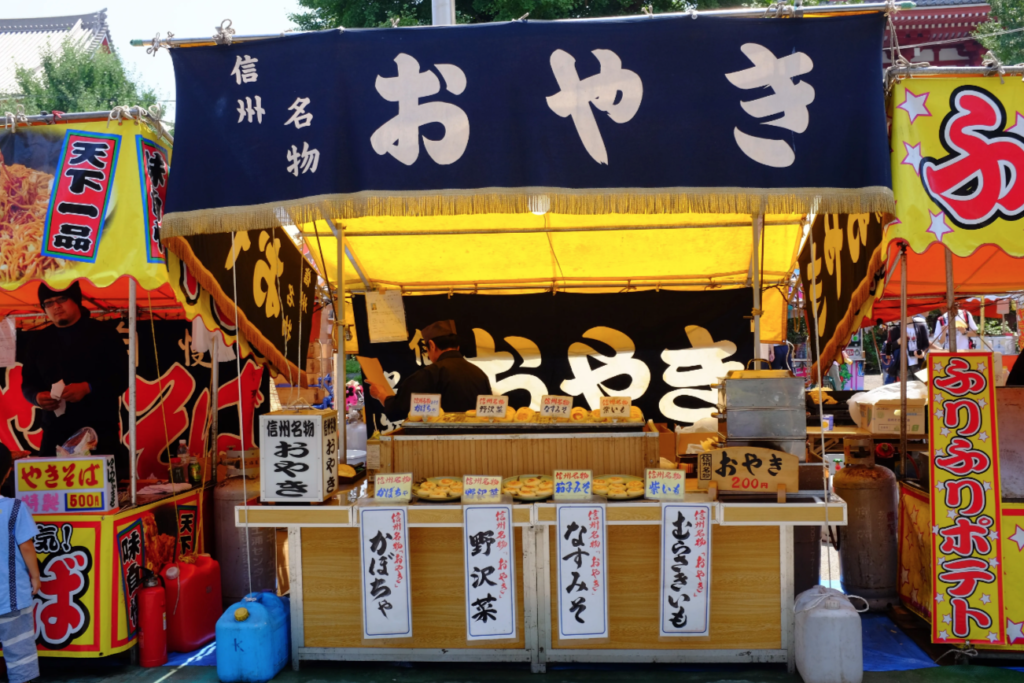
Whenever I arrive in Japan, for my first meal do I go to a fancy sushi joint? A Michelin 3-star restaurant? An izakaya? Nope.
As soon as I get off the Narita Express in Shinjuku or the Limousine Bus to Kobe, I head straight for the nearest conbini (Japanese convenience store) and grab a butaman (what you Tokyo folk insist on calling a nikuman even though it’s made with pork.) Barbeque pork in a savory sauce inside a fluffy steamed bun — it melts in your mouth and fills your stomach with a warm glow.
The best nikuman in all of Japan can be found in Yokohama’s Chinatown. Fresh out of the steamer, big, fluffy, and juicy inside, these nikuman can’t be beat. But the ones sold in conbini throughout Japan are pretty damn good, too. A nikuman, an onigiri, and a beer make the simple, perfect meal. (My wife declines to agree.)
So when we recently traveled to Nagano for a tour of sake breweries, I was intrigued to find that one of the most popular local foods (other than basashi raw horsemeat and a variety of bugs) was something called oyaki おやき.
Despite years of living in Japan, I’d never heard of oyaki. My wife, who’s Japanese, had never heard of it either. Clearly, we’d never been to Nagano before because as we traveled through the prefecture, we found oyaki everywhere.
They were in Nagano City and Matsumoto of course, but also in truck stops around Lake Suwa, at the stands in front of Zenkōji Temple, and at the shops near the Snow Monkey Park. (I’ll bet the monkeys love them, too.) Our hotels even had oyaki next to the scrambled eggs in the breakfast buffets.
But what exactly was this oyaki?
From a glance, it was clearly a bun of some sort, with a savory filling. But unlike a nikuman, it was flat rather than fluffy, with grill marks on the top and bottom that showed it had been pan fried.
It certainly merited a taste. And the first taste convinced me I wanted another taste, and another.
I ended up sampling different types of oyaki for lunch nearly every day in Nagano. (Making up a bit for the elaborate multicourse dinners that my wife preferred every evening at the onsen for dinner.)
Though it looks like a grilled nikuman, it’s actually a little different. And to understand why, it’s important to understand Nagano.
The prefecture of Nagano sits squarely in the middle of Japan amidst the Japanese alps that create the spine of Honshu. Despite bordering 8 other prefectures, Nagano is landlocked and mountainous.
When you think of Japanese cuisine, the first things that come to mind are fish and rice. But far from ports on both the Pacific and Sea of Japan sides of the country, before the advent of modern highways and refrigerated trucking, Nagano was not a good place to find fresh seafood. Steep mountains and cold weather make it less than ideal for growing rice, too.
As you travel around the mostly rural prefecture, you’ll see orchards of apples, pears, and persimmons everywhere, fields of daikon, cabbage, and onions beside every home, farms of wasabi growing in the clean mountain water, and forests filled with chestnuts and mushrooms. A meal in Nagano doesn’t seem complete without mushrooms.
Instead of rice, Nagano farmers grow buckwheat. You’ll find far more soba restaurants than sushi here, and the soba noodles are the best in the world.
Oyaki is a dumpling made from fermented buckwheat dough. The stuffing is traditionally made of pickled nozawana leaves, a kind of turnip commonly eaten in Nagano, though now varieties abound.
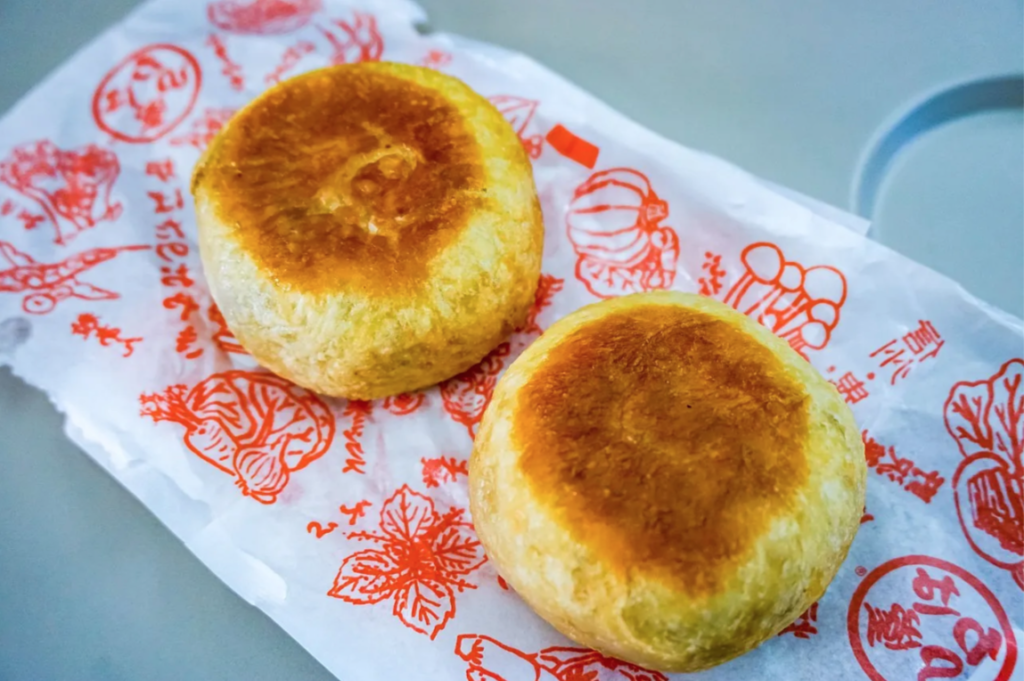
Nozawana remains the most common, but various kinds of mushrooms are popular too. So is kabocha, green onions, eggplant, yomogi (mugwort) and sweet potato. We also saw “premium” ones made from local beef and sanzoku-yaki chicken. And of course, there were plenty of oyaki filled with sweet anko beans for dessert, a Nagano manjū.
Typically priced at 200 yen ($1.40) or less, oyaki make a great snack or join me in having a couple of them with a beer for lunch. Yum!
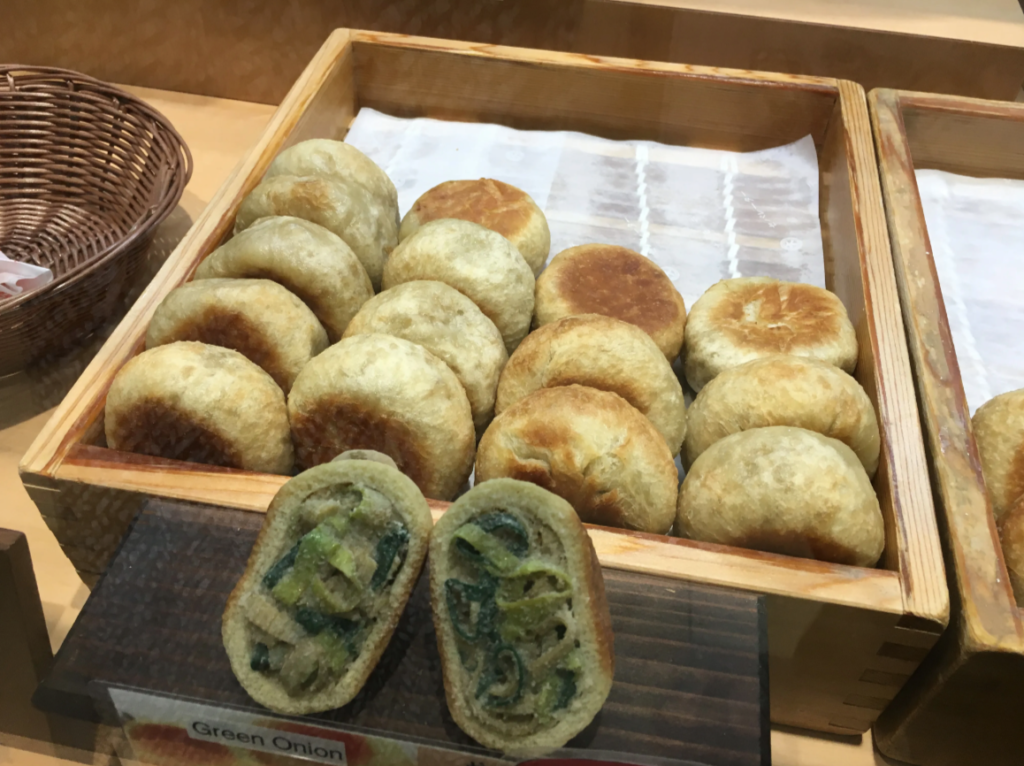
・・・
If you enjoy my articles, you’ll love my novel of Japanese culture in Silicon Valley. To Kill a Unicorn is the story of a Japanese-American in Silicon Valley (which was originally a Japanese farming community) who uses tea ceremony, sake, and Japanese whiskey (a bit too much) to find his missing friend. Pre-order your copy now!
.
『Learn Japan Deeply with DC!』
Writer: DC Palter
Read DC’s Stories More at Japonica Publication ( medium.com/japonica-publication )
(3/28/2023)
.
.

